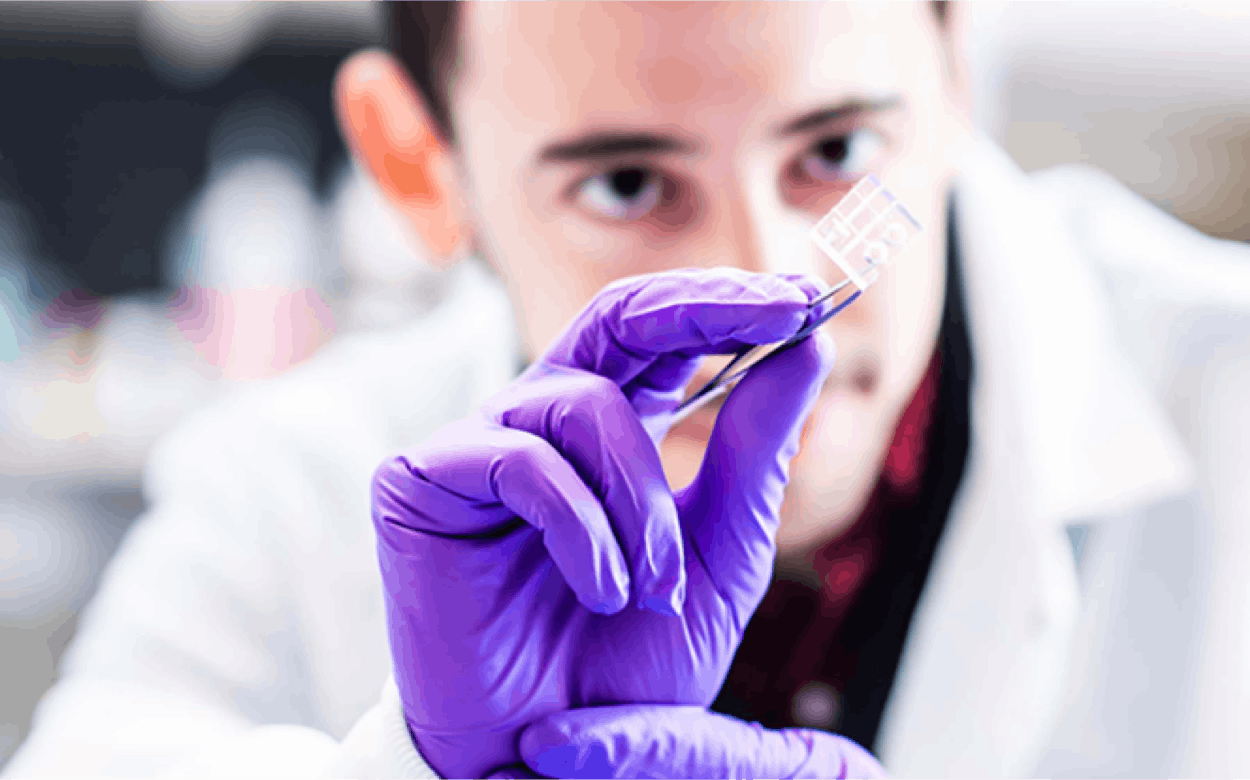Bioprinting is getting closer to reality
Manufacturing artificial, functional parts or even whole organs remains a distant research goal, but regenerative medicine is making important progress. Last week, a development in heart bioprinting caught our attention, tempting us to take a closer look at the field.

3D-printed miniature heart could help speed heart disease cures
In late April, a team led by Boston University announced that they developed a tiny replica of a living heart chamber. The 3-square-centimeter miniature heart was made from a combination of stem cell-derived human heart cells and microscopic 3D-printed acrylic parts. The artificial organ is designed to behave like a real heart chamber and does not rely on external energy sources. Rather, it beats on its own thanks to its living tissue.
The goal is not to print a real human heart, but to accurately replicate the organ to create a scalable sandbox for testing new heart disease therapies.
The researchers believe their replica will help them better understand the real thing. Not only can this artificial organ be used to better research diseases, but it can also be used to conduct tests without the need for a human.
Steady progress leads the way
We know a lot about the human heart, yet still too little:
- According to the Centers for Disease Control and Prevention, one person dies of heart disease every 36 seconds in America.
- About 659,000 people in the United States die from heart disease each year—that’s 1 in every 4 deaths.
- With about 331,000 deaths in 2019, cardiovascular disease—primarily ischemic heart disease and heart attacks—accounted for more than one-third of the nearly 940,000 deaths in Germany that year.
This is why applied research is so important. The miniature replica from Boston University could give researchers a more detailed view of how the organ works, allowing them to track how the heart grows in the embryonal stage, study the effects of disease, and test the potential efficacy and side effects of new treatments.
The status quo of bioprinting
Bioprinting is becoming a new important pillar of tech-driven healthcare research.
From 3D-printed heart valves to 3D models for catheter training, and from the first 3D-printed miniature heart using only human tissue to full-sized 3D-bioprinted models for better planning surgeries, the list of small medical breakthroughs in bioprinting involving the cardiac system alone is extensive. And we haven't even talked about printed connective tissue, fascia, or other organs and bones.
Bioprinting promises revolutionary applications in all areas of regenerative and restorative medicine, as well as in cosmetic surgery and pharmacological research.
Many small breakthroughs in recent years have now made it possible to assemble living body cells, proteins, biochemical growth and differentiation factors, and other biologically-active substances layer by layer into soft and hard tissues with very high spatial precision.
The future of bioprinting: a new startup vertical?
In recent years, many new scientific findings have been published that suggest the disruptive potential of this technology in medicine, pharmacology, and biotechnology.
We expect to see a transfer from science to practice in the coming years.
The technological feasibility seems validated, and the desirability exists anyway. Therefore, getting bioprinting into the breadth of healthcare now seems to be mainly a question of business models.